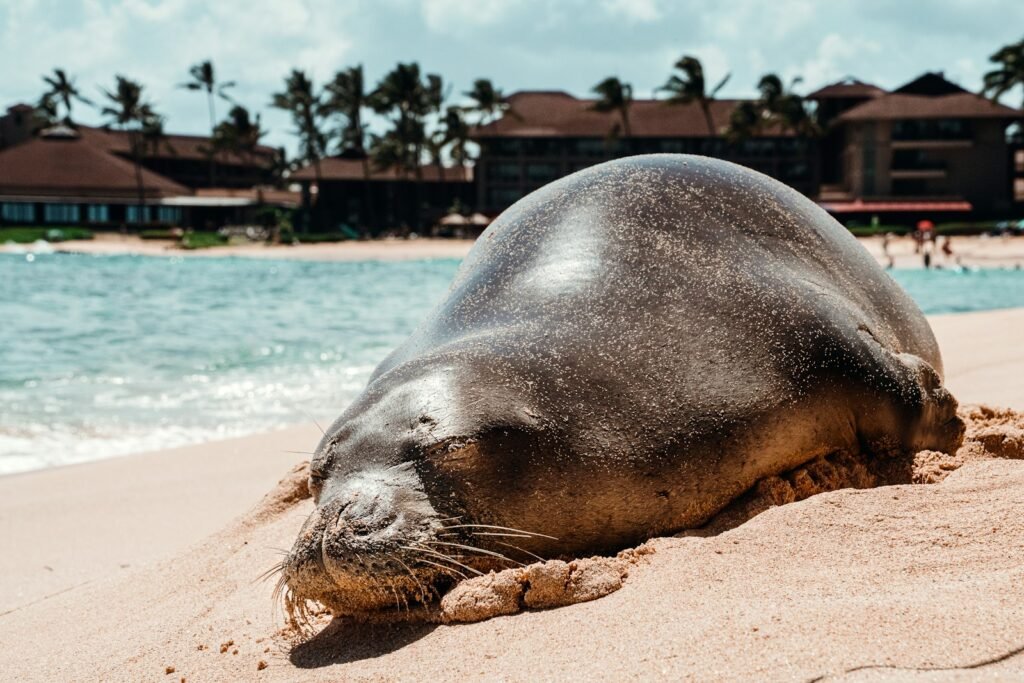Imagine a world where death is just a temporary state, where an animal can literally freeze solid for months and return to life when the temperature rises. This isn’t science fiction – it’s the incredible reality of the wood frog, one of nature’s most fascinating creatures. While most animals would perish within minutes of their hearts stopping and their bodies freezing, the wood frog has evolved a remarkable survival strategy that challenges everything we know about the limits of life itself. The freeze-tolerant wood frog, Rana sylvatica, is one of the very few vertebrate species known to endure full body freezing in winter and thaw in early spring without any significant sign of damage. The wood frog, Rana sylvatica (recently renamed Lithobates sylvaticus), is the best-studied of the freeze tolerant vertebrates and the main model used to explore molecular, biochemical and physiological mechanisms of freezing survival. This small amphibian has unlocked the secret to surviving what would be fatal for virtually every other creature on Earth. So let’s dive into the extraordinary world of cryogenic survival and discover how this tiny frog manages to cheat death itself.
When Life Literally Stops
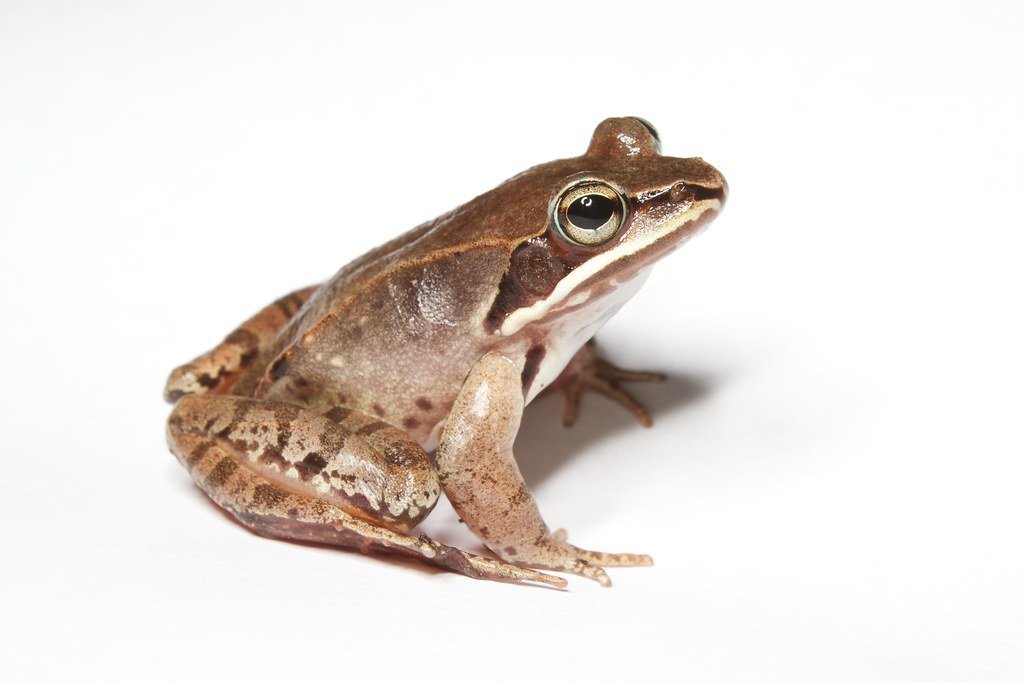
When frozen, wood frogs have no detectable vital signs: no heartbeat, breathing, blood circulation, muscle movement, or detectable brain activity. When frozen, wood frogs have no detectable vital signs: no heartbeat, breathing, blood circulation, muscle movement, or detectable brain activity. The transformation is nothing short of extraordinary – a living, breathing creature becomes what appears to be a frozen corpse in a matter of hours. Within 1 min of the onset of freezing the heart rate nearly doubled to approximately 8.0 beats/min. The heart rate began to slow after the first hour of the freeze, and the heart completely stopped beating near the completion of ice formation approximately 20 h later. This gradual shutdown isn’t random – it’s a precisely orchestrated biological process that allows the frog to enter a state that most closely resembles clinical death. These frogs are essentially dead during these frozen periods, the only life left occuring inside of the individual cells of the frog, which are surrounded by tons of glucose.
The Frozen Frontier
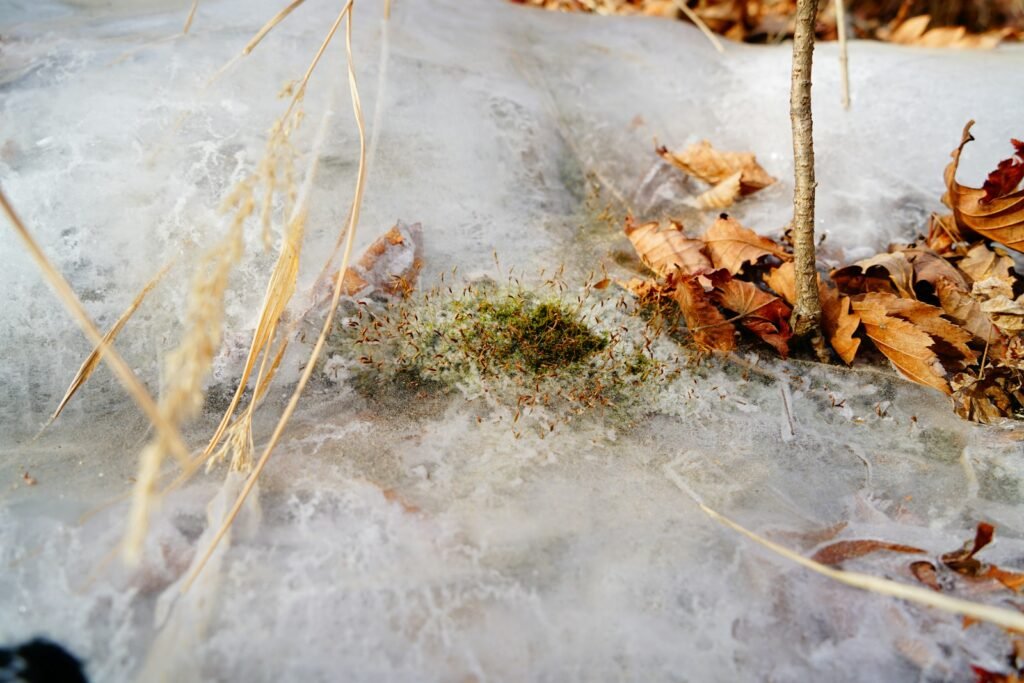
Wood frogs push the boundaries of survival in ways that seem impossible. Researchers have found that wood frogs can survive when sixty-five to seventy percent of their body is frozen. The frogs can safely undergo multiple freeze-thaw cycles in a winter. This means that nearly three-quarters of their entire body water can turn to ice while they remain capable of returning to full health. Wood frogs in natural hibernation remain frozen for 193 +/- 11 consecutive days and reached an average (October–May) temperature of −6.3 °C (20.7 °F) and an average minimum temperature of −14.6 ± 2.8 °C (5.7 ± 5.0 °F). Wood frogs in natural hibernation remain frozen for 193 +/- 11 consecutive days and reached an average (October–May) temperature of −6.3 °C (20.7 °F) and an average minimum temperature of −14.6 ± 2.8 °C (5.7 ± 5.0 °F). Some populations in Alaska can endure even harsher conditions, with temperatures dropping as low as minus eighteen degrees Celsius for months on end. Wood frogs have been recorded staying frozen for as long as eight months.
The Glucose Revolution
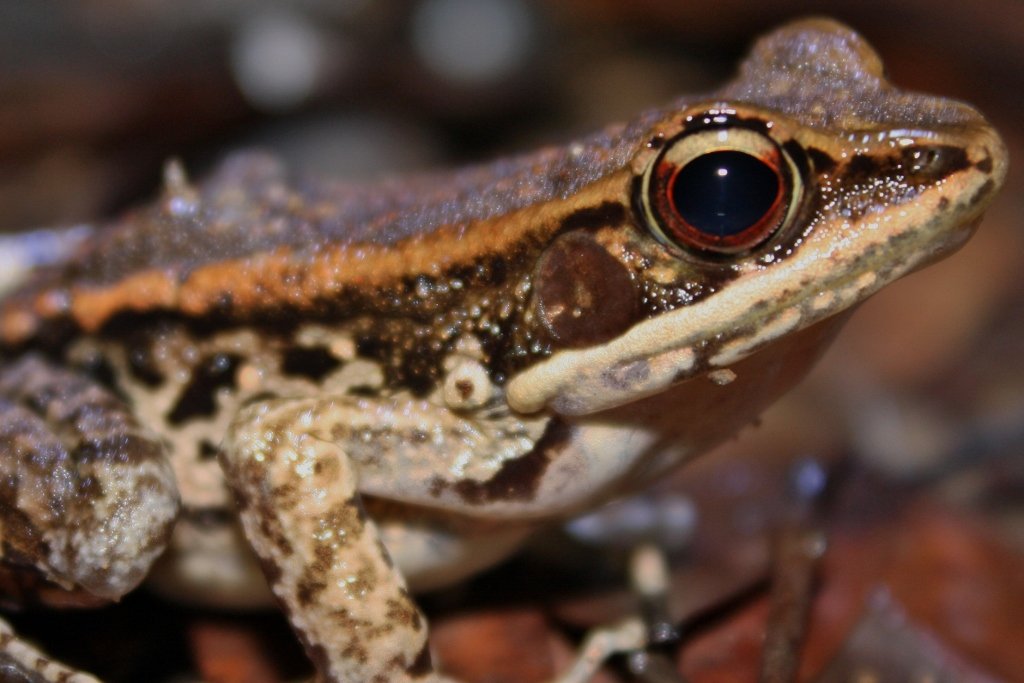
The secret to this remarkable survival lies in an unexpected hero: glucose, the same sugar that fuels our bodies. The frog’s liver produces a large amount of glucose as winter approaches. This is transported by the blood and enters the animal’s cells, where it acts as an antifreeze. When substances dissolve in water, they lower its freezing temperature. But this isn’t just any ordinary glucose production – it’s a massive mobilization that would be toxic to most other animals. Glucose levels in blood and organs can rise to over 300 mM within a few hours. To put this in perspective, while humans aren’t able to withstand blood glucose levels over twice the norm, wood frogs can tolerate blood glucose levels up to 100 times their normal average. This dramatic increase in glucose concentration creates a biological antifreeze that protects vital organs from the devastating effects of ice crystal formation.
Liver Laboratory Magic
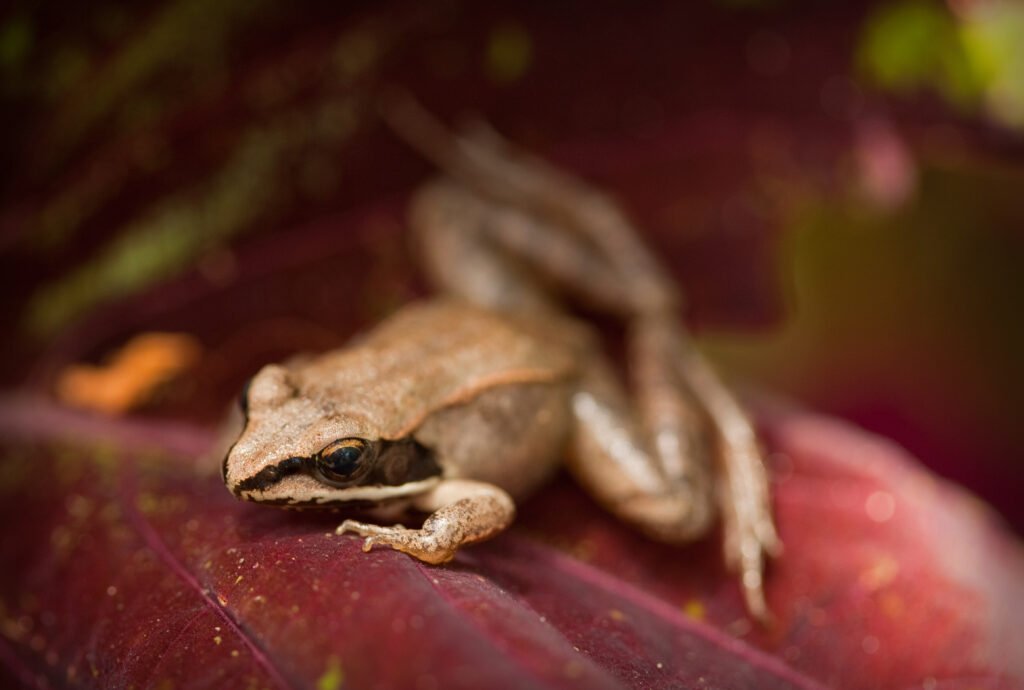
The wood frog’s liver becomes a biochemical powerhouse during the freezing process. Storey and Storey (1986) demonstrated an inverse relationship between tissue glucose levels and liver glycogen stores during freezing episodes in wood frogs, Rana sylvatica, suggesting that glycogenolysis in liver is the source of the cryoprotectant. In R. sylvatica, mobilization of glucose from glycogen following freezing is facilitated by an increase in the percent active form of glycogen phosphorylase (increasing from 50% to >90%) followed by an increase in the total amount of the enzyme (a+b). Ice formation at a peripheral site on the skin acts immediately through hormonal or neural stimulation of β-adrenergic receptors to initiate glycogenolysis in the liver. Thus, the production of glucose for cryoprotection is triggered within seconds when freezing begins and the sugar is rapidly distributed to all organs via the circulatory system. The response is so rapid and efficient that it rivals the most sophisticated medical emergency protocols. The liver essentially transforms into a glucose factory, converting stored glycogen into life-saving cryoprotectant in a matter of minutes.
Ice Crystal Architecture
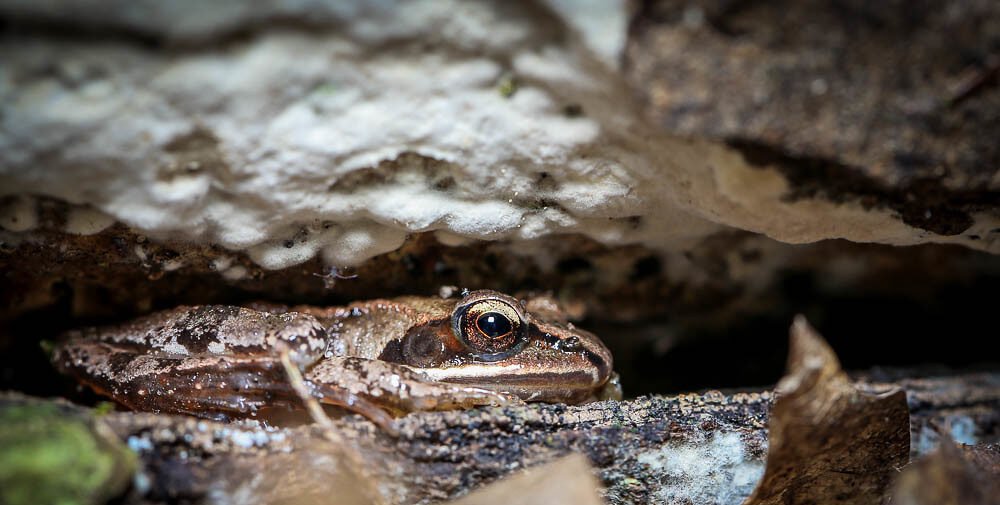
One of the most critical aspects of wood frog survival involves controlling where and how ice forms in their bodies. True enough, ice crystals form in such places as the body cavity and bladder and under the skin, but a high concentration of glucose in the frog’s vital organs prevents freezing. The process isn’t about preventing ice formation entirely – it’s about managing it strategically. For these species, freezing is initiated with a controlled ice nucleation process resulting in the formation of ice crystals on the skin that then trigger further ice growth throughout extracellular and extra-organ spaces, while maintaining a liquid intracellular state. This controlled freezing allows ice to form safely outside the cells while keeping the cellular interiors liquid and functional. Meanwhile, nucleating proteins push water from the frog’s cells. Glucose replaces the water, which keeps the cells from freezing. Outside the cells, the water does freeze, which stops the frog’s metabolism, including its brain and heart, and preserves its tissues.
The Cellular Shield
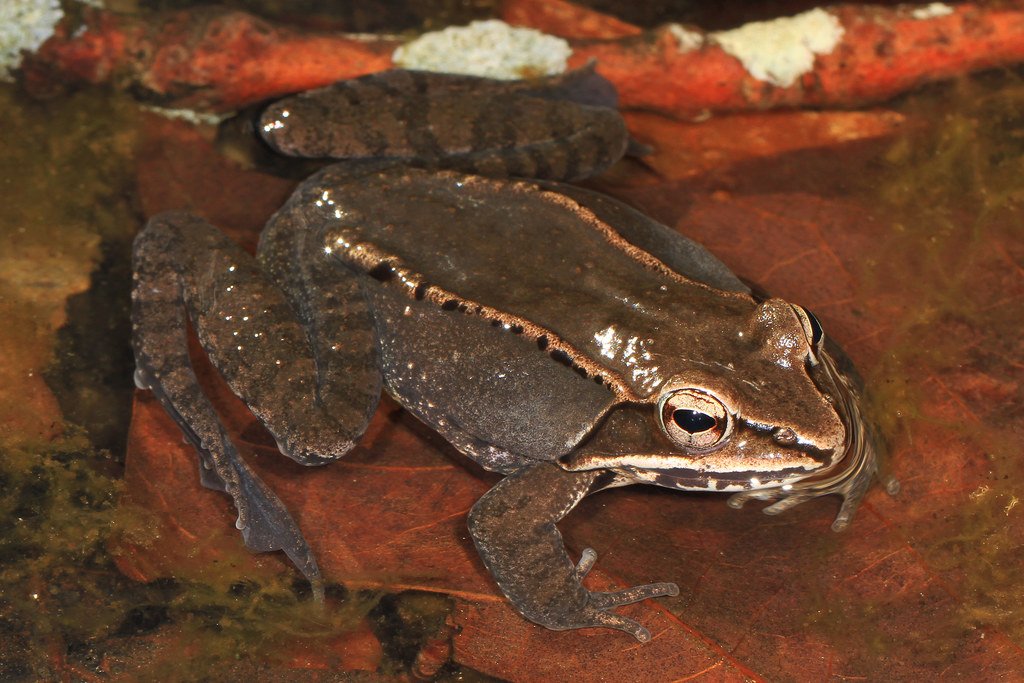
At the microscopic level, wood frogs have developed sophisticated cellular defenses against the normally lethal effects of freezing. Freezing of living tissue is normally a dangerous process due to the ice crystals that form as the water in the cells freezes. The crystals can rupture materials and cause rearrangement of cell structures, which can lead to permanent damage. They can also cause water loss and dehydration of cells. If blood vessels are ruptured, cells in the body will no longer receive oxygen and nutrients. The wood frog overcomes these challenges through multiple mechanisms. They have implemented multiple adaptations that manage ice formation, deal with freeze-induced ischemia/reperfusion stress, limit cell volume reduction with the production of small molecule cryoprotectants (glucose, urea) and adjust a wide variety of metabolic pathways for prolonged life in a frozen state. Each cell becomes a fortress equipped with chemical defenses that maintain structural integrity even when surrounded by ice. The glucose acts like a cellular bodyguard, preventing ice crystals from forming inside the cells while maintaining the delicate balance needed for survival.
Metabolic Shutdown and Revival
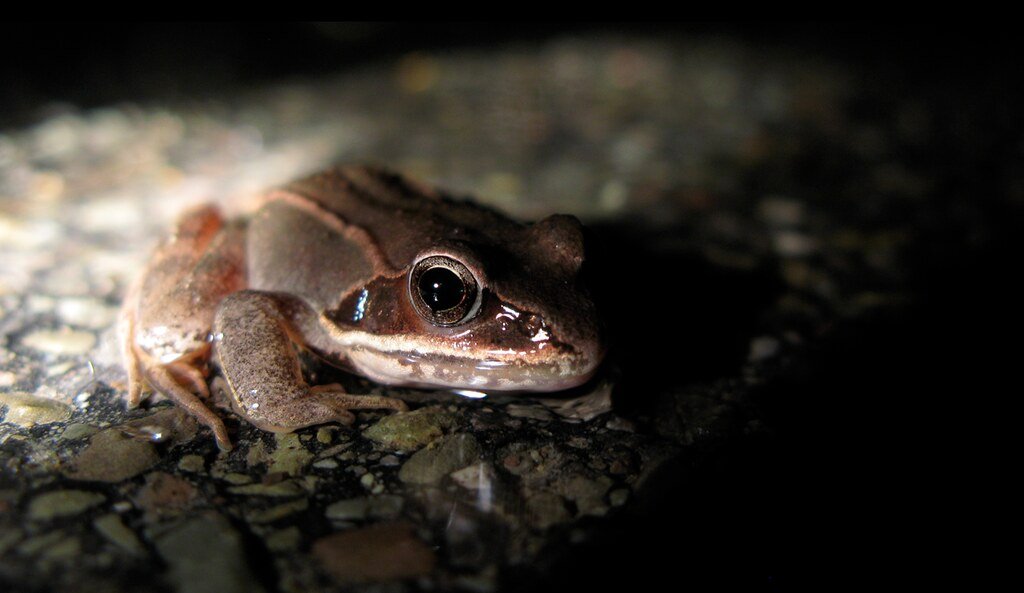
Indeed, several laboratories are beginning to mimic the pro-survival responses observed in wood frogs to preservation of human cells, tissues and organs and, to date, a few trials have been successful in extending preservation time prior to transplantation. The wood frog’s ability to shut down and restart its metabolism represents one of nature’s most sophisticated biological switches. Each 2-day freezing exposure resulted in the breakdown of liver glycogen and an accumulation of high quantities of glucose in all 10 tissues tested; during each 2-day thaw glucose was restored as liver glycogen. The data suggest that frogs do not maintain cryoprotectants throughout the winter in anticipation of freezing but only synthesize and/or maintain glucose during actual freezing episodes. This on-demand system is remarkably efficient – the frogs don’t waste energy maintaining high glucose levels when they’re not needed, but can rapidly mobilize these defenses when freezing begins.
Arctic Champions
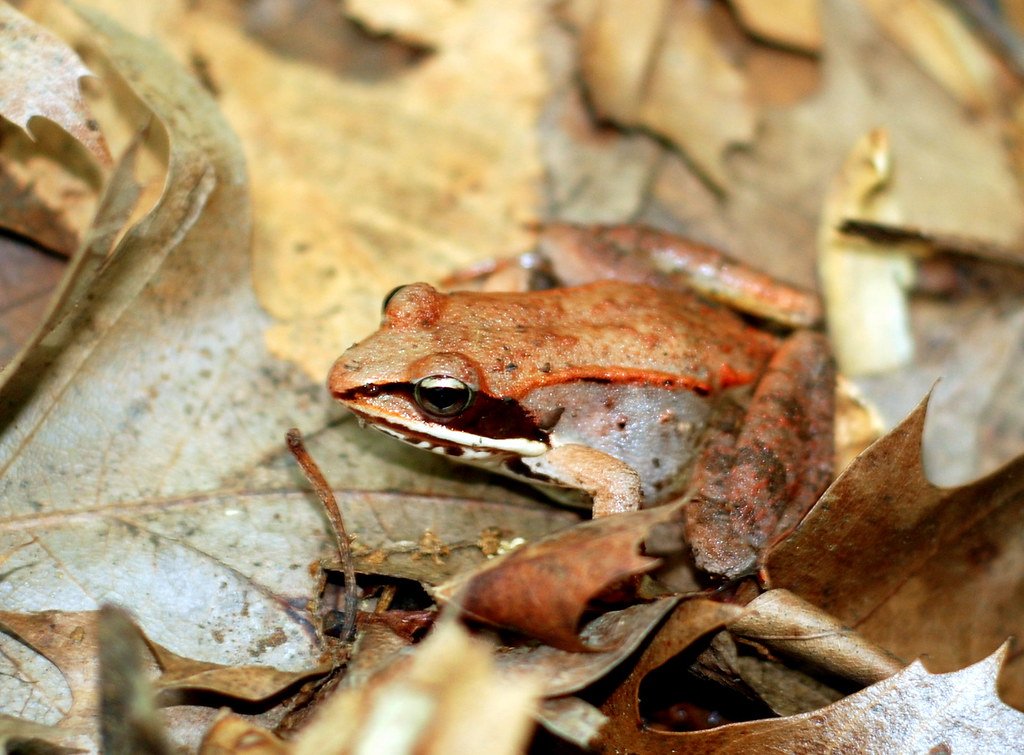
The northern populations of wood frogs have taken freeze tolerance to even more extreme levels. Wood frogs from populations near the northern limit of the species’ range are adapted to survive corporal freezing at temperatures well below those that can be tolerated by conspecifics from lower latitudes. Wood frogs from populations near the northern limit of the species’ range are adapted to survive corporal freezing at temperatures well below those that can be tolerated by conspecifics from lower latitudes. The wood frog, Rana sylvatica, from Interior Alaska survives freezing at –16°C, a temperature 10–13°C below that tolerated by its southern conspecifics. Alaskan frogs had a larger liver glycogen reserve that was mobilized faster during early freezing as compared to conspecifics from a cool-temperate region (southern Ohio, USA). In Alaskan frogs the rapid glucose production in the first hours of freezing was associated with a 7-fold increase in glycogen phosphorylase activity above unfrozen frog levels, and the activity of this enzyme was higher than that of frozen Ohioan frogs. These Arctic populations represent the pinnacle of freeze tolerance evolution, surviving conditions that would be fatal even to their southern relatives.
The Spring Awakening
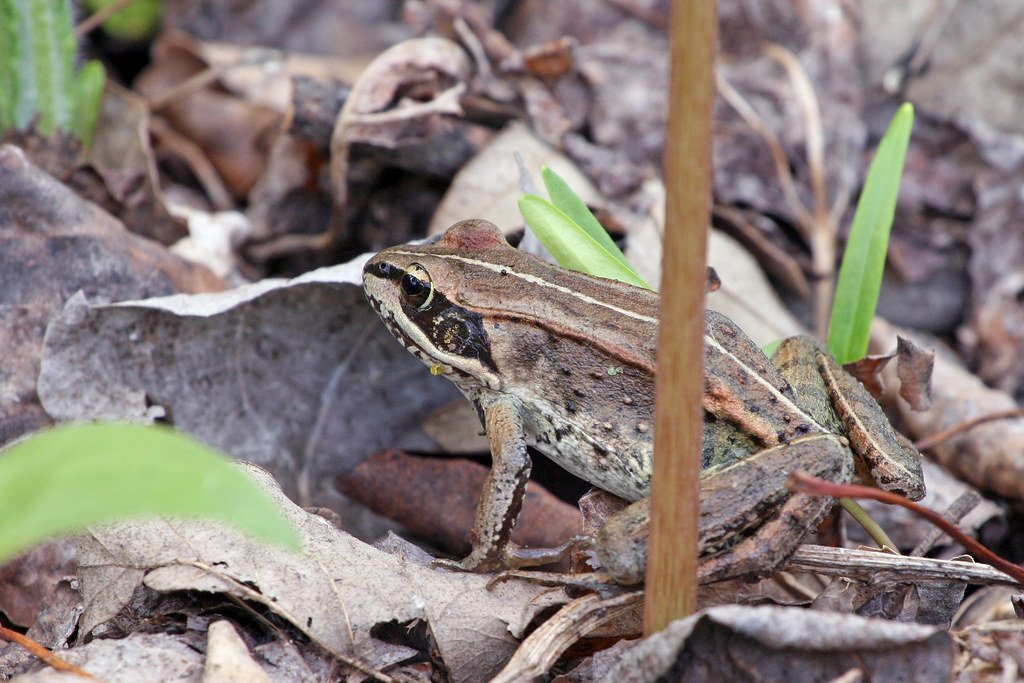
Perhaps the most miraculous aspect of wood frog biology is their revival process. Once frozen, wood frogs show no cardiac or lung activity, brain function, or physical movement yet resume full physiological and biochemical functions within hours after thawing. The resurrection from what appears to be certain death happens with remarkable precision and speed. And yet, come spring, the frog begins to thaw from the inside out and life returns. The heart starts to beat again and slowly the rest. When the temperatures warm up to the point that the ice in the frog thaws, the frog comes back to life. The heart starts beating, neurons fire back up, muscles are freed from their icy restraints, the organs start going about their normal functions. Once fully thawed, the once dead wood frog gets up and walks along its way to their breeding site, undamaged like nothing ever happened. This revival process is so complete that the frogs can immediately resume normal activities, including mating and feeding.
Medical Revolution Potential
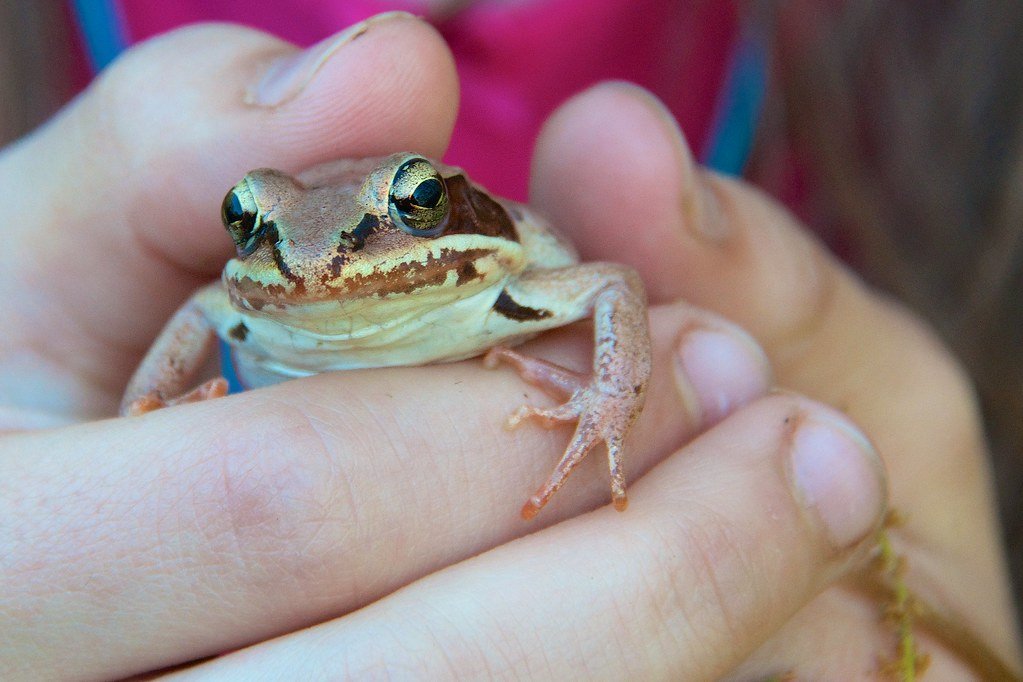
The wood frog’s incredible survival strategy has captured the attention of medical researchers worldwide. Papers such as this one explain how the wood frog’s freeze-tolerance can serve as a model for researchers to replicate the process with human organ transplants. If successful, this frog-inspired deep freeze process may help close the gap between the number of viable organs and those in need of a transplant. Currently it’s not possible to freeze human organs for transplantation, yet the wood frog and several other amphibians and reptiles have solved not only the problem of freezing individual tissues and organs, but also that of simultaneously freezing all organ systems. At present, a heart can be persevered for only five hours before it must be implanted into a recipient; a kidney might last 72 hours. If organs could be preserved longer, more time would be available for both the recipient and the associated surgical team, leading to improved transplantation success rates. The wood frog’s method of freezing and reanimation using glucose is being studied by scientists to improve organ longevity and assist transplant banks with storage. Organs like the heart can only survive for four to six hours after being removed from the body. However, if transplant banks could freeze organs using glucose to prevent cell death, organs could be preserved for much longer, then successfully transplanted and reanimated.
Conclusion
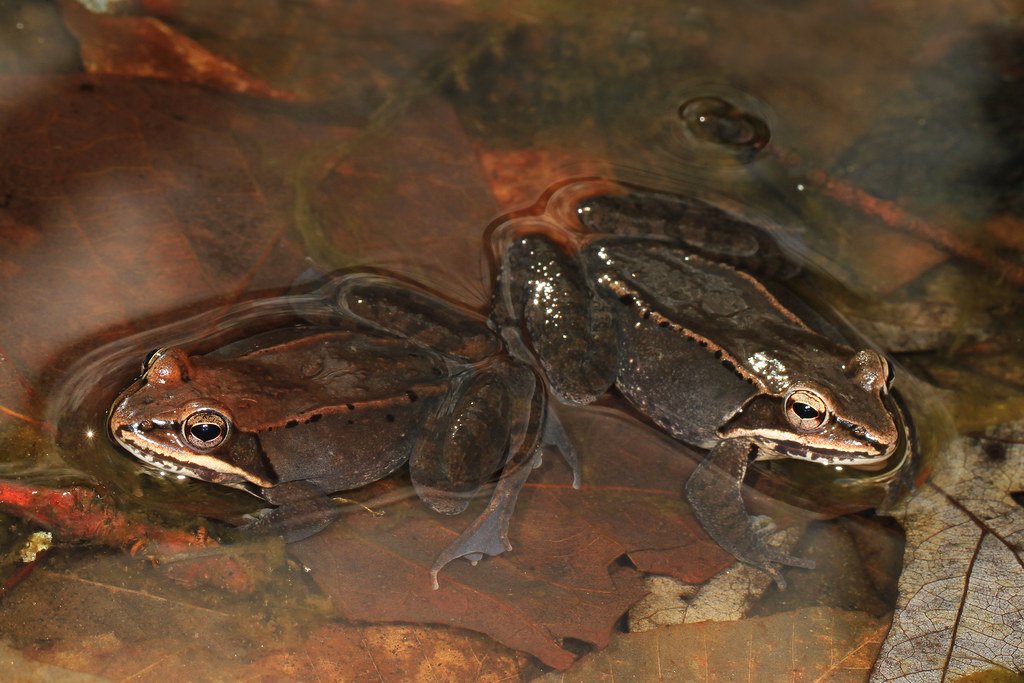
The wood frog stands as a testament to the incredible adaptability of life on Earth. Through millions of years of evolution, this remarkable creature has developed the ultimate survival strategy – the ability to literally die and come back to life. From the rapid mobilization of glucose as a biological antifreeze to the precise control of ice formation throughout their bodies, every aspect of their freeze tolerance represents a masterpiece of biological engineering. As we face challenges in medical preservation and organ transplantation, the wood frog offers hope and inspiration. These tiny amphibians have already solved problems that continue to challenge our most advanced medical technologies. By understanding and potentially mimicking their strategies, we might one day revolutionize how we preserve life itself. What fascinates you most about these incredible creatures – their ability to survive being frozen solid or their potential to help save human lives?



